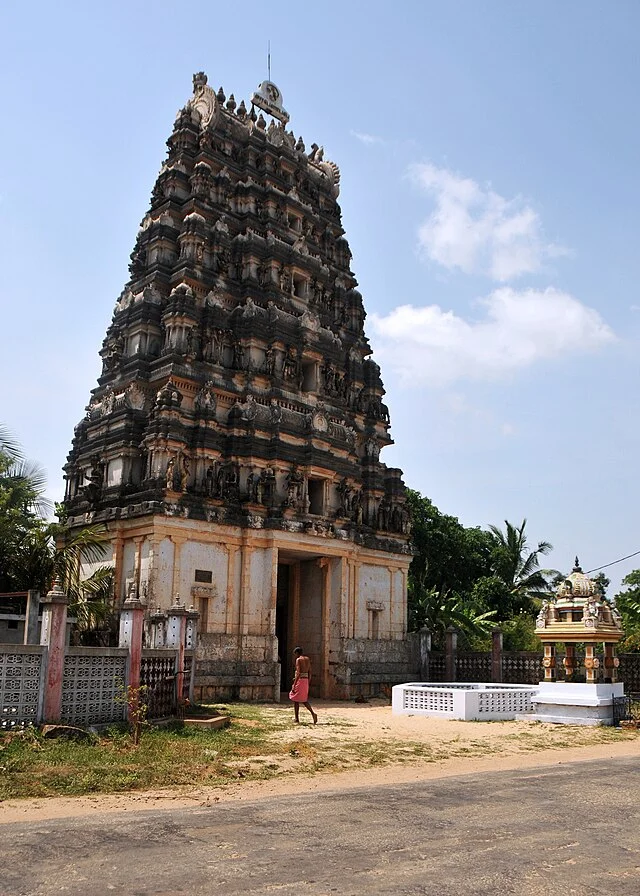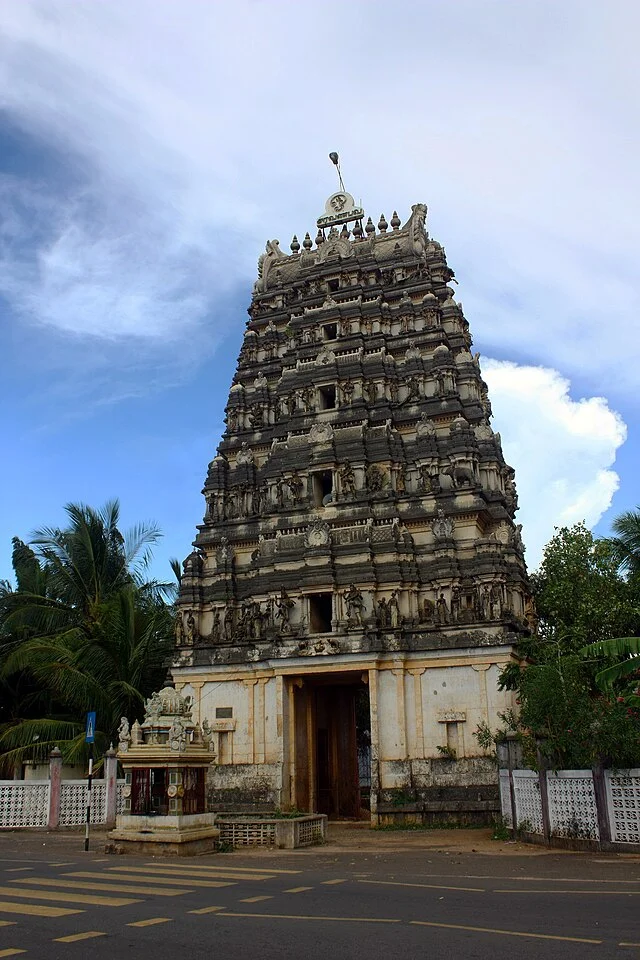The Maviddapuram Kandaswamy Temple is a significant religious site located in the Tamil Nadu region of India. It is dedicated to Lord Murugan, also known as Kandaswamy, and is an important pilgrimage destination for devotees of Murugan. The temple holds cultural and historical significance and is well-known for its architectural features and religious rituals.
Get your dose of History via Email
History and Significance

The history of Maviddapuram Kandaswamy Temple dates back to ancient times, though the exact origins remain unclear. The temple is believed to have been established during the medieval period, with references in various religious texts. Over time, it became an important site for worship and pilgrimage, particularly for Tamil-speaking communities.
The temple is also associated with local legends and myths, which emphasize Lord Murugan’s role as a protector and a deity of war. Devotees believe that worshiping at this temple can bring peace, prosperity, and protection from evil forces. Many come to offer prayers, especially during the annual festival, which draws large crowds.
Architecture
The architecture of Maviddapuram Kandaswamy Temple showcases the typical Dravidian style, prevalent in many Tamil Nadu temples. The temple complex includes a sanctum sanctorum (garbhagriha), a hall (mandapa), and a tower (shikhara) above the sanctum. The intricate carvings on the temple walls depict various mythological scenes, adding to the temple’s visual appeal.
The main deity, Lord Murugan, is worshipped in the form of a statue. The statue is usually adorned with flowers and offerings, and the temple priests perform regular rituals to honor the deity. The temple also houses smaller shrines dedicated to other gods and goddesses.
Festivals and Rituals
Maviddapuram Kandaswamy Temple is famous for its vibrant festivals, with the most significant being the annual Thaipusam festival. This festival, held in honor of Lord Murugan, attracts thousands of devotees. Pilgrims travel from far and wide to participate in the rituals and offer prayers. Devotees often carry “kavadi,” a ceremonial structure that symbolizes their devotion and penance.
Other important events in the temple’s calendar include Panguni Uthiram and Skanda Shasti. During these festivals, special poojas (rituals) are performed, and the temple is beautifully decorated with lights and flowers.
Cultural Influence
The Maviddapuram Kandaswamy Temple plays an essential role in the preservation and promotion of Tamil culture and religious practices. The rituals and festivals observed here are an integral part of the local culture. The temple also attracts scholars and historians interested in the region’s religious history and architecture.
Many local traditions, such as the singing of hymns in praise of Lord Murugan, are closely associated with the temple. These traditions have been passed down through generations, helping to maintain the temple’s religious and cultural significance.
Conclusion
The Maviddapuram Kandaswamy Temple is not just a place of worship but also an important cultural landmark in Tamil Nadu. Its historical, architectural, and religious significance makes it an essential part of the region’s heritage. Whether for spiritual reasons or cultural exploration, the temple remains a focal point for those interested in understanding the deep-rooted traditions of Tamil religious life.
Source:

